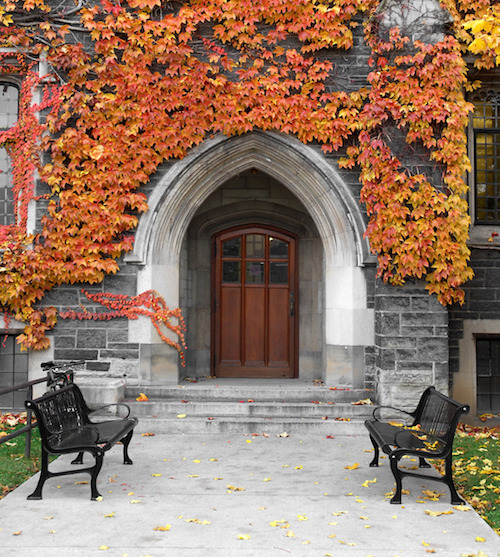There’s a pattern to the way the media, as a whole, covers college admissions. A typical year of coverage for most—that’s most—media outlets goes something like this:
Mid-September—The US News rankings come out, and everyone clamors over the top-ranked college. It’s typically the same top-ranked college from last year; if isn’t, one of the top five from last year climbed the pile, which is seen as a real shocker. Like we’d never heard of that college until now, and this suddenly makes it a better school.
Late September/Early October—Coverage turns to the upheaval of applying to college, with every article featuring seniors discussing the anxiety of applying to Brown, Yale, Smith, or one of the only 25 colleges mainstream media acknowledges as existing.
Late March—Admissions decisions are out, and in a paean to the principles of mathematics, every media article cites increased application numbers at The Big 25, and—wait for it—decreased admission rates at all of them as well. Not a single one of these articles points out that the former is the cause of the latter—but that involves math, so there we are.
What’s wrong with this picture?
College Lists The media spotlight on the Top 25 launches many parents into action, for all the wrong reasons. If these are the best colleges, why isn’t my child applying to them? This upends a wealth of work done by the student and (one hopes) their school counselor; it also upends the self-esteem of more than one student who knows these schools are bad fits. But arguing with Mom and Dad’s “let’s see what happens” is a tough hill to climb, so off they go to apply, much like Faramir’s efforts to recapture Osgiliath in Return of the King.
Unnecessary Panic More than a few seniors are indeed intimidated by the college application process in mid-September. That’s normal, since they’re just getting started. If I handed a student a plumber’s wrench on September 15 and said “show me how it works”, that too would be stressful. Now, if I came back in a week and asked, “How’s it going?”, they would have mastered the thing with ease, because they had time to understand what they were doing. Huh.
Those “Other” Schools The media myopia pays a big price on the other 2000 colleges that serve all kinds of students in personalized and appropriate ways, but now appear to be second rate. This keeps students from looking at some schools just right for them, because—well, you know…
To be fair, not all media outlets treat college admissions like a celebrity sighting, although Varsity Blues hasn’t helped. Eric Hoover writes moving human stories about the real challenges some students face in this process, stories so good they have led to admissions policy changes. Inside HigherEd isn’t a household name, but their coverage of the entire range of colleges is nothing short of inspiring.
Still, the best-selling papers run up the same limited coverage of college admissions every year, and their effect is palpably bad on the college plans and psyches of far too many students. A modest step in the right direction would be running an October story that returns to the freaked out students of September, revealing they’ve largely got the hang of things right now. Even better, interviews with students applying to a great school like Northern Michigan, where the application takes a whopping 25 minutes to complete and the admit rate is 65%—a reminder that the current media lens on college admissions is clear, but too tightly focused.




